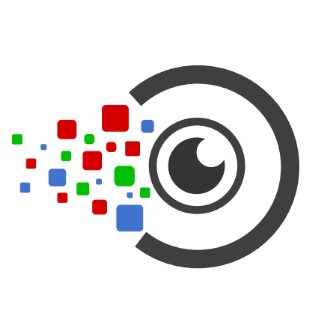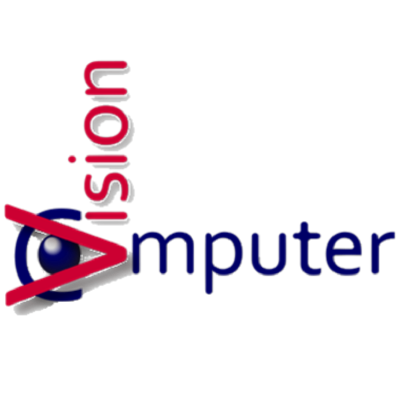Discover and explore top open-source AI tools and projects—updated daily.
Collaborative-Diffusion by  ziqihuangg
ziqihuangg
Research paper implementation for multi-modal face generation/editing via collaborative diffusion
Top 68.7% on SourcePulse
This repository provides an implementation for Collaborative Diffusion, a method for multi-modal face generation and editing. It allows users to control the synthesis and modification of faces using inputs like text descriptions and segmentation masks, offering high-quality results with identity preservation. The target audience includes researchers and practitioners in computer vision and generative AI.
How It Works
Collaborative Diffusion leverages pre-trained uni-modal diffusion models. During the reverse diffusion process (from noise to image), it employs dynamic diffusers that predict spatial-varying and temporal-varying influence functions. These functions selectively modulate the contributions of different modalities at each step, enabling coherent multi-modal control for both generating new faces and editing existing ones.
Quick Start & Requirements
- Install: Clone the repository, create a conda environment using
environment.yaml, and activate it. Install dependencies withpip install transformers==4.19.2 scann kornia==0.6.4 torchmetrics==0.6.0 git+https://github.com/arogozhnikov/einops.git. - Prerequisites: Python 3.x, PyTorch, CUDA (implied by LDM base), transformers, scann, kornia, torchmetrics, einops. Requires downloading pre-trained checkpoints (VAE, uni-modal diffusion models, collaborative diffusion models) and optionally preprocessed datasets for training.
- Resources: Inference requires significant GPU memory, especially for intermediate outputs. Training requires multiple GPUs (e.g., 4x GPUs mentioned for training steps).
- Links: Project Page (implied by CVPR 2023 mention).
Highlighted Details
- Supports multi-modal face generation and editing using text and segmentation masks.
- Offers single-modality generation (text-to-face, mask-to-face) as well.
- Editing capabilities include text-based, mask-based, and collaborative edits using an adapted Imagic implementation.
- Provides full training pipelines for VAE, uni-modal diffusion models, and dynamic diffusers.
- Compatible with FreeU for enhanced results (as of Oct 2023 update).
Maintenance & Community
The codebase is maintained by Ziqi Huang. It builds upon the LDM (Latent Diffusion Models) codebase and utilizes implementations from Imagic. Data sources include CelebA-HQ, CelebA-Dialog, CelebAMask-HQ, and MM-CelebA-HQ-Dataset.
Licensing & Compatibility
The repository does not explicitly state a license in the README. It is built on LDM, which is typically released under permissive licenses, but specific terms for this project are not detailed.
Limitations & Caveats
The README does not specify a license, which may impact commercial use or integration into closed-source projects. Producing intermediate results during inference can be memory-intensive, requiring careful configuration (e.g., batch_size=1, reduced ddim_steps).
4 weeks ago
Inactive

 yujiwen
yujiwen zqiu24
zqiu24 seasonSH
seasonSH chaolongy
chaolongy aigc-apps
aigc-apps arpitbansal297
arpitbansal297 bytedance
bytedance Jack000
Jack000 aimagelab
aimagelab IIGROUP
IIGROUP thu-ml
thu-ml CompVis
CompVis